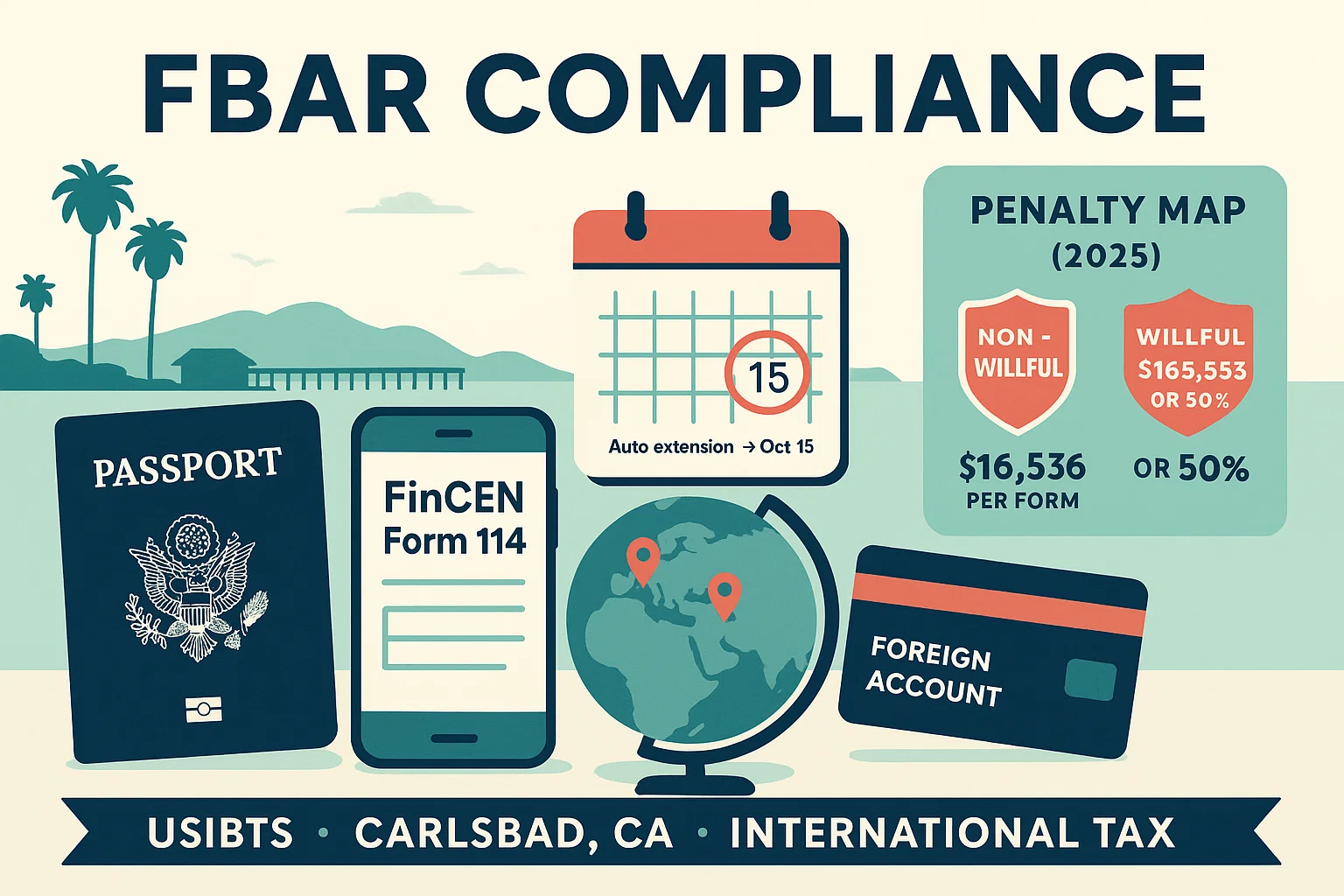
July 19, 2024
Definitions of Corporation Business Structures
The C corporation is the standard (or default) corporation under IRS rules. The S corporation is a corporation that has elected a special tax status with the IRS and therefore has some tax advantages.
Both business structures derive their names from the sections of the Internal Revenue Code under which they are taxed. C corporations are taxed under Subchapter C, while S corporations are taxed under Subchapter S. A corporation can elect S corporation status by filing Form 2553 with the IRS and ensuring S corporation guidelines are met.
Shared qualities between C corporations and S corporations
Corporations provide limited liability protection, shielding shareholders (owners) from personal responsibility for company debts and obligations. Whether structured as a C corporation or an S corporation, both are distinct legal entities established through state filing. The requisite formation documents, known as the Articles of Incorporation or Certificate of Incorporation, are uniform across both types of corporations.
Both S and C corporations maintain shareholders, directors, and officers. Shareholders are proprietors of the corporation; however, the business itself is owned by the corporation. The shareholders elect the board of directors, which oversees and directs corporate affairs but is not involved in day-to-day operations. In turn, the board appoints officers to oversee daily business activities.
State corporation laws impose similar compliance requirements on C corporations and S corporations. Both are obligated to adhere to internal and external corporate formalities, including the adoption of bylaws, issuance of stock, conducting shareholder and director meetings, maintenance of a registered agent and office, submission of annual reports, and payment of annual fees.
Key Differences
Taxation
When small business owners are deciding between S corporations and C corporations, they’re mainly thinking about how the government will tax the business.
C corporations are taxed separately from their owners. They have to file a corporate tax return and pay taxes at the corporate level. If the corporation distributes profits to its owners, the owners have to pay taxes on that money, too. This means the money gets taxed twice.
S corporations are taxed differently. They don’t pay taxes at the corporate level, and the profits or losses of the business are passed on to the owners, who report them on their tax returns. This way, the money is only taxed once, at the individual level for the owners.
Salary from the Corporation
For both C and S corporations, owners who work in the corporation must pay themselves a reasonable salary. A reasonable salary is typically determined based on what similar businesses would pay for similar services, considering factors such as industry standards, the employee’s qualifications, and the geographic location of the business. Ensuring a reasonable salary is crucial for compliance with IRS regulations to avoid issues such as underpayment of employment taxes.
Corporate ownership
As previously noted, state corporation laws do not differentiate between S corporations and C corporations. It is essential to emphasize that the Internal Revenue Code establishes specific constraints regarding the qualifications of shareholders for a corporation to attain S corporation status.
Shareholder restrictions
S corporations can’t have more than 100 shareholders, and all shareholders must be US citizens or residents. C corporations, on the other hand, have no restrictions on who can be a shareholder.
Ownership
S corporations cannot be owned by C corporations, other S corporations (with some exceptions), partnerships, or many trusts.
Stock Class
S corporations can have only one class of stock (disregarding voting rights), while C corporations can have multiple classes.
S corporation advantages
One big advantage of an S corporation over a C corporation is that an S corporation doesn’t have to pay taxes on its profits. Instead, the company’s profits are divided among the shareholders, and they pay taxes on that money at their tax rates.
Additionally, the tax law allows eligible S corporation shareholders to deduct up to 20% of the business income they receive. If the S corporation loses money, those losses are passed on to the shareholders, who can use them to lower their tax bills, although there are some limitations on how they can do this.
S corporation disadvantages
An S corp is a type of business that has some restrictions. It can’t have more than 100 owners, which means it can’t be publicly traded. The owners also need to be individuals and US citizens or residents. This makes it harder for an S corp to get money from new investors.
S corps also can’t have different classes of stock, which means they can’t give special benefits to some investors. S corps also have rules about how shares can be sold, which makes it harder for owners to leave the business.
C corporation advantages
Did you know that a C corporation can have as many shareholders as it wants? This means that anyone, including companies and people from other countries, can own shares in a C corp. Also, a C corp can offer different classes of stock, including ones that give shareholders special treatment when it comes to dividends and distributions.
After the 2017 tax reform, the corporate tax rate was set at a flat 21%, which is lower than the maximum personal tax rate. This makes it very attractive for businesses. Unlike S corporations, C corporations have fewer restrictions on who can own shares, making it easier for them to raise money by selling stock.
C corporation disadvantages
C corporations have a downside as they are taxed on their profits, and then shareholders are taxed again on any dividends they receive. This means that the company’s profits are essentially taxed twice.
How to become a C corporation (C Corp)
When you want to start a corporation, you need to file some paperwork and pay some fees with the state. First, you need to pick a name for your corporation and choose a registered agent. These details will be included in the paperwork, usually called Articles of Incorporation.
Once that’s done, you’ll have other things to take care of like creating bylaws, having initial meetings, and issuing shares of stock. Depending on your situation, your corporation will be taxed under one set of rules, unless you meet certain criteria and choose to be taxed under a different set of rules.
How to become an S corporation (S Corp)
After you first become a corporation by filing your Articles of Incorporation with the state, you will need to file Form 2553 with the IRS if you wish your corporation to be taxed under Subchapter S.
What steps should be taken to alter your company’s tax structure?
When you started your business, you had to decide if you wanted it to be taxed as a C corp or an S corp. But what if you want to change that later on? It could happen because your business goals have shifted or because the tax laws have changed, possibly making a different tax status more beneficial for your company.
For example, many small businesses reconsidered their tax status after the Tax Cuts and Jobs Act of 2017 was passed. This law made important changes like lowering the tax rate for corporations, which was better for C corps, and providing a special tax deduction for certain types of businesses, which favored S corps that qualified for it.
Understanding tax laws can be challenging. Seeking advice from tax advisors is crucial for making informed decisions regarding the taxation of your corporation, both during its incorporation and on an ongoing basis.
Choosing between C Corp and S Corp: Which is best for your small business?
Choosing the right type of business can make a big difference for your company, affecting things like taxes, how you can get money, and how you can grow. When making decisions, it’s important to think about both the positive and not-so-great aspects of each choice so that you can choose the option that best suits your business needs and goals.
To help you decide which corporate entity type might be best for you, contact us today and schedule an appointment.
Share this post :
Categories




